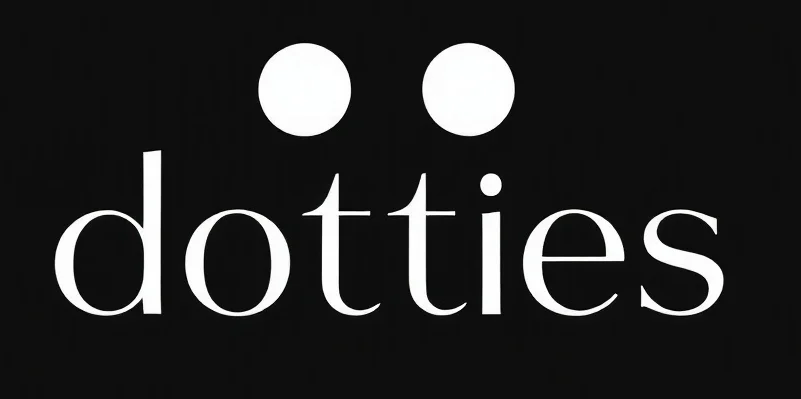The Art and Science of Conversion Rate Optimization: A Pragmatic Guide
Conversion Rate Optimization (CRO) isn’t about waving a magic wand to turn visitors into customers. It’s about understanding human behavior, leveraging data-driven insights, and making iterative improvements. If you’ve ever been entranced by the possibility of turning digital foot traffic into tangible results, you’d do well to consider the array of conversion rate optimization tools available today.
Understanding the CRO Landscape
Let’s break it down: conversion is a journey, not a destination. It starts with grabbing attention and ends with a completed action. This journey is fraught with potential drop-off points where users can get lost or distracted. Think of CRO tools as your digital sherpas, guiding users from “Hmm, interesting” to “Take my money!” These tools analyze user behavior, test hypotheses, and provide actionable insights. For businesses focusing on growth, understanding Amazon Creator University: Strategic Growth Insights can be an invaluable asset.
Essential Tools in the CRO Toolkit
The CRO toolkit is vast and varied, each tool with its own unique flair. First, we have A/B testing tools. They are the lab coats of the digital world, allowing you to experiment with different page elements to see what resonates best with your audience. Next, heatmaps visualize user engagement, illustrating where visitors click, scroll, or hover—a bit like reading their digital minds.
Then there’s the feedback tools galaxy, gathering qualitative data directly from the horse’s mouth, so to speak. These tools let you ask users directly what they think, feel, and desire. Meanwhile, analytics platforms serve as your high-powered binoculars, providing a macro view of user behavior across channels. For those venturing into retail, Retail Pricing Optimization: Boost Strategy & Growth offers critical insights into pricing strategies.
The Human Element
Yet, amid all these whiz-bang tools, let’s not forget the human element. AI might be your incredibly diligent intern, crunching numbers and identifying patterns, but the insights need a human touch to translate them into effective strategies. This is where the blend of art and science truly shines—demanding creativity, empathy, and intuition.
Actionable Recommendations
- First, establish clear goals. Know what you want to achieve—whether it’s more sign-ups, downloads, or sales. Clear goals allow you to measure success effectively.
- Use A/B testing as a staple in your CRO strategy. It helps you understand what works and what doesn’t through simple, controlled experiments.
- Leverage heatmaps to understand user interaction. This can offer insights into design modifications that may enhance user experience.
- Don’t shy away from asking for feedback. Direct user feedback can be invaluable in identifying pain points and opportunities for improvement.
- Finally, integrate your CRO efforts with broader marketing strategies. A well-rounded approach ensures that every piece works harmoniously within the larger puzzle of your business objectives. Exploring Amazon Catalog Strategies for Business Growth can further enhance your approach.
The key to successful CRO is not treating it as a one-time project but as an ongoing process of engagement and refinement. As with any apprentice, the more you work with your tools, the more adept they’ll become at bringing your business vision to life.
Checkout ProductScope AI’s Studio (and get 200 free studio credits)

